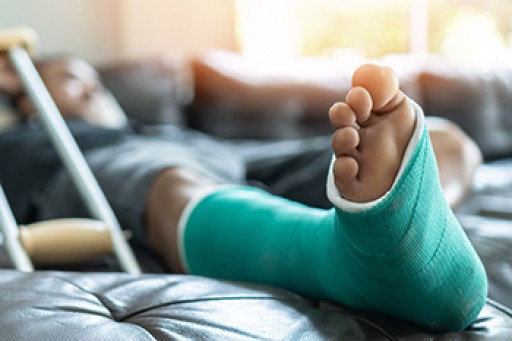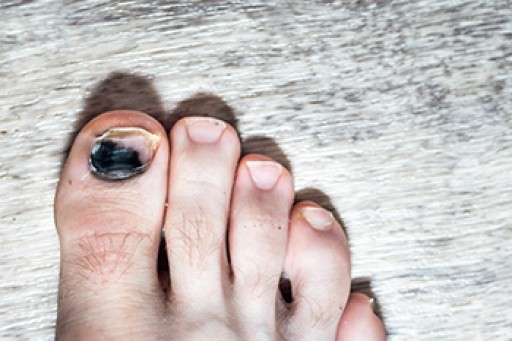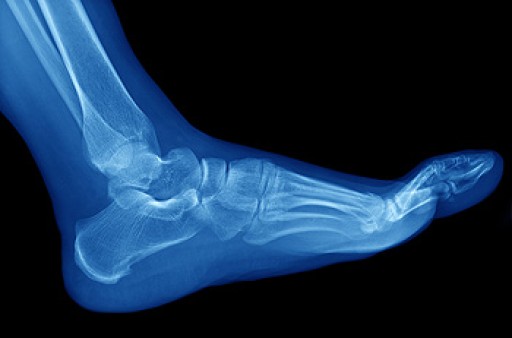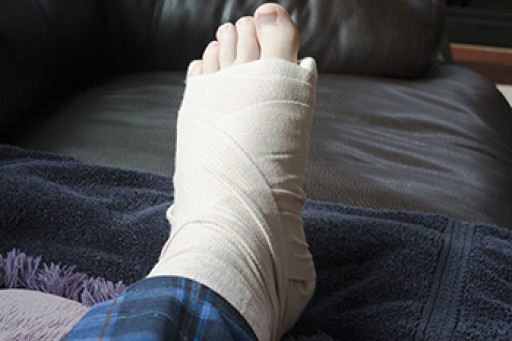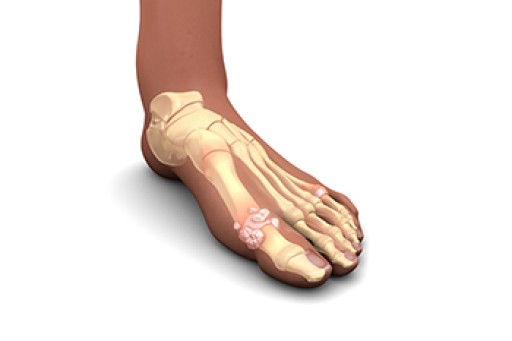
A broken ankle is a painful and potentially serious injury that requires immediate attention. One of the most apparent signs of a broken ankle is severe pain, often accompanied by swelling and bruising around the affected area. You may find it challenging or impossible to bear weight on the injured ankle. Deformity is another clear indicator of a broken ankle. If the ankle appears misaligned or if the bone has broken through the skin, it is a clear sign of a fracture. Reduced range of motion in the ankle joint is another symptom. Additionally, attempting to move the ankle may cause further pain. Numbness or tingling in the foot or toes can also occur, indicating nerve involvement. If you suspect a broken ankle, seek immediate medical attention. An accurate diagnosis, often involving X-rays, is essential. Treatment options include casting, bracing, or surgery. If you have broken your ankle, it is suggested that you confer with a podiatrist who can accurately diagnose and treat this condition.
Broken ankles need immediate treatment. If you are seeking treatment, contact one of our podiatrists from Associates in Podiatry, PC. Our doctors can provide the care you need to keep you pain-free and on your feet.
Broken Ankles
A broken ankle is experienced when a person fractures their tibia or fibula in the lower leg and ankle area. Both of these bones are attached at the bottom of the leg and combine to form what we know to be our ankle.
When a physician is referring to a break of the ankle, he or she is usually referring to a break in the area where the tibia and fibula are joined to create our ankle joint. Ankles are more prone to fractures because the ankle is an area that suffers a lot of pressure and stress. There are some obvious signs when a person experiences a fractured ankle, and the following symptoms may be present.
Symptoms of a Fractured Ankle
- Excessive pain when the area is touched or when any pressure is placed on the ankle
- Swelling around the area
- Bruising of the area
- Area appears to be deformed
If you suspect an ankle fracture, it is recommended to seek treatment as soon as possible. The sooner you have your podiatrist diagnose the fracture, the quicker you’ll be on the way towards recovery.
If you have any questions, please feel free to contact our offices located in Pittsburgh-South Hills, and Pittsburgh-Bellevue, PA . We offer the newest diagnostic and treatment technologies for all your foot care needs.
